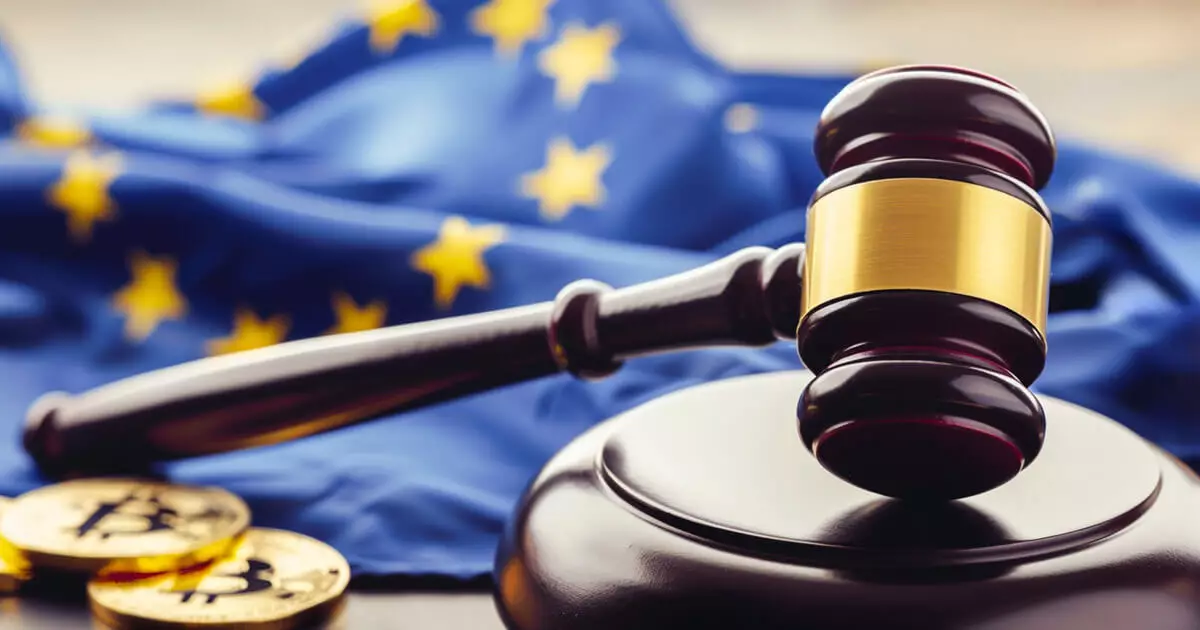The European Securities and Markets Authority (ESMA) has identified Maximum Extractable Value (MEV) as a form of illegal market abuse under its proposed technical standards for the Markets in Crypto-Assets (MiCA) regulation. This has raised concerns within the crypto industry, with prominent commentator Patrick Hansen shedding light on the significance of this development.
According to Hansen, regulated crypto businesses in the EU, such as exchanges and brokers, will be required to detect and report instances of MEV through suspicious transaction or order reports (STORs). The ESMA STOR template alone spans six pages, outlining detailed reporting procedures for MEV detection. However, the complexity and frequency of MEV occurrences in the crypto market raise significant concerns about the feasibility of such extensive reporting requirements.
ESMA’s draft standards suggest a collaborative approach to enforcement, calling for cooperation among authorities within and outside the EU to sanction market abuse. This implies that actors involved in MEV could potentially face investigations and enforcement actions from international regulators as well. The consultation package aims to enhance market integrity and investor protection, reflecting the EU’s commitment to addressing sophisticated forms of market manipulation in the crypto sector.
Hansen emphasized the importance of stakeholder participation in the consultation process, highlighting that feedback from those directly involved in MEV and other crypto activities is crucial for developing effective regulatory measures. ESMA has set a deadline of June 25 for stakeholders to submit their feedback on the draft standards, signaling the need for industry input in shaping the regulatory environment for crypto in the EU.
The scrutiny on MEV under the MiCA regulation highlights the growing regulatory focus on market manipulation in the crypto sector. The proposed reporting requirements and enforcement mechanisms indicate a shift towards greater oversight and accountability within the industry. It is essential for stakeholders to actively engage in the consultation process to ensure that regulatory measures are practical and effective in combating market abuse. The outcome of these efforts is expected to have far-reaching implications for the regulatory framework governing crypto assets in the EU and beyond.















